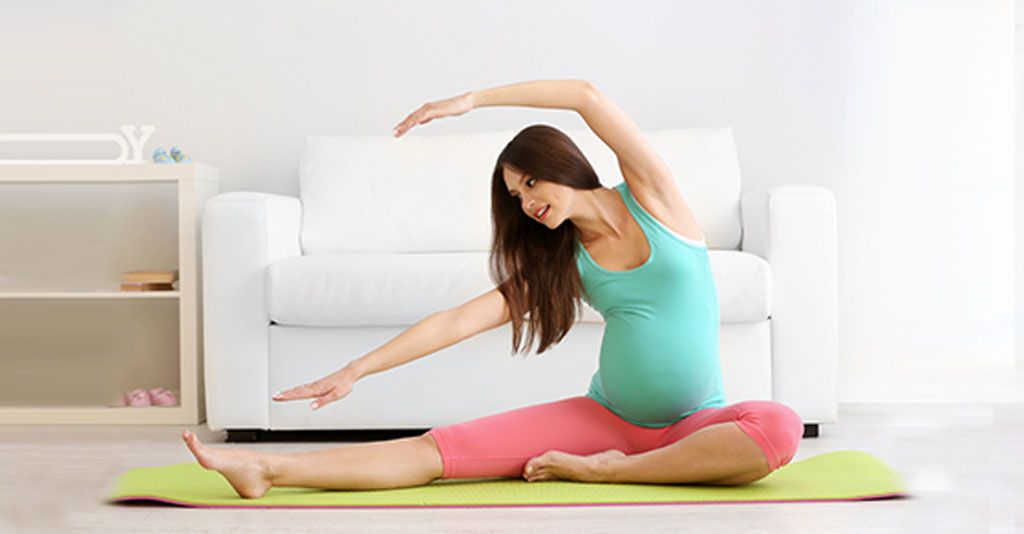Gestation is an important time in a woman’s life, so preparation for the woman who wants to be a mother begins long before pregnancy. It is a unique, intense experience, there are several biological, somatic, psychological and social changes. The body of the woman who is in the gestational period undergoes several physiological changes in all the systems.
The changes occur throughout the pregnancy, lasting 38-40 weeks, or 280 days, and premature birth may occur. Popularly, the gestational period is counted in months, however, the obstetrician counts in weeks, starting from the first day after the last menstruation. The musculoskeletal system of the pregnant woman has significant changes. Posture changes because of the displacement of the center of gravity, since the pregnant woman tends to move forward and the cervical may advance. The pregnant woman also presents flexibility of joints, which are caused by the actions of the hormones. Calcium intake should increase during gestation to maintain bone matrix and connective tissue.
When the time of delivery arrives, other physiological changes occur in the body of the pregnant woman. The most significant changes are the dilation of the cervix, contractions generated by hormones, distension of the uterine fibers and the birth canal. Labor is divided into three stages, where the first stage has three subdivisions: initial phase, active phase and transition.
Initial phase : The dilation of the cervix occurs in this phase, the woman will feel contractions. This can last between 12 to 14 hours.
Active phase : It counts the presence of stronger and frequent contractions, approximately every three or four minutes and lasts up to 60 seconds. The second stage begins when the dilation is already 10 centimeters and the baby is born.
There are several forms of childbirth. In some situations the pregnant woman chooses how she wants her delivery to occur, and in other situations, it is beyond the woman’s reach due to the urgency, position of the baby, or risky pregnancy (for example, high blood pressure, diabetes and other health problems). There is the surgical delivery, and the vaginal delivery, where there are different modalities that can be chosen by the pregnant woman like the normal childbirth, natural childbirth, delivery in the water and the labor on squatting position.
During pregnancy, physical therapy or physiotherapy may be beneficial for the pregnant woman, helping to prevent discomforts that occur during this period. Kinesiotherapeutic exercises can be performed that will help strengthen the muscles that will help during normal labor, stretching, relaxation, pelvic floor proprioceptive exercises, breathing exercises, and postural reeducation. For pain relief, methods like hydrotherapy, massage therapy, acupuncture may help relieve low back pain. All strengthening, relaxation and breathing exercises will help in the delivery, helping to reduce the discomforts if the pregnant woman’s choice is vaginal delivery. Therefore, it is important to have physiotherapy during prenatal care.
Physiotherapy is of great importance in the prenatal period, as well as in the preparation of labor and during vaginal delivery, promoting relief of pain during the period of contractions and labor, and reduction of labor time, making the moment easier for the pregnant woman and bringing more security to her. It teaches techniques of breathing, relaxation and strengthening of the pelvic floor muscles, helping to reduce labor time and reduce pain.

